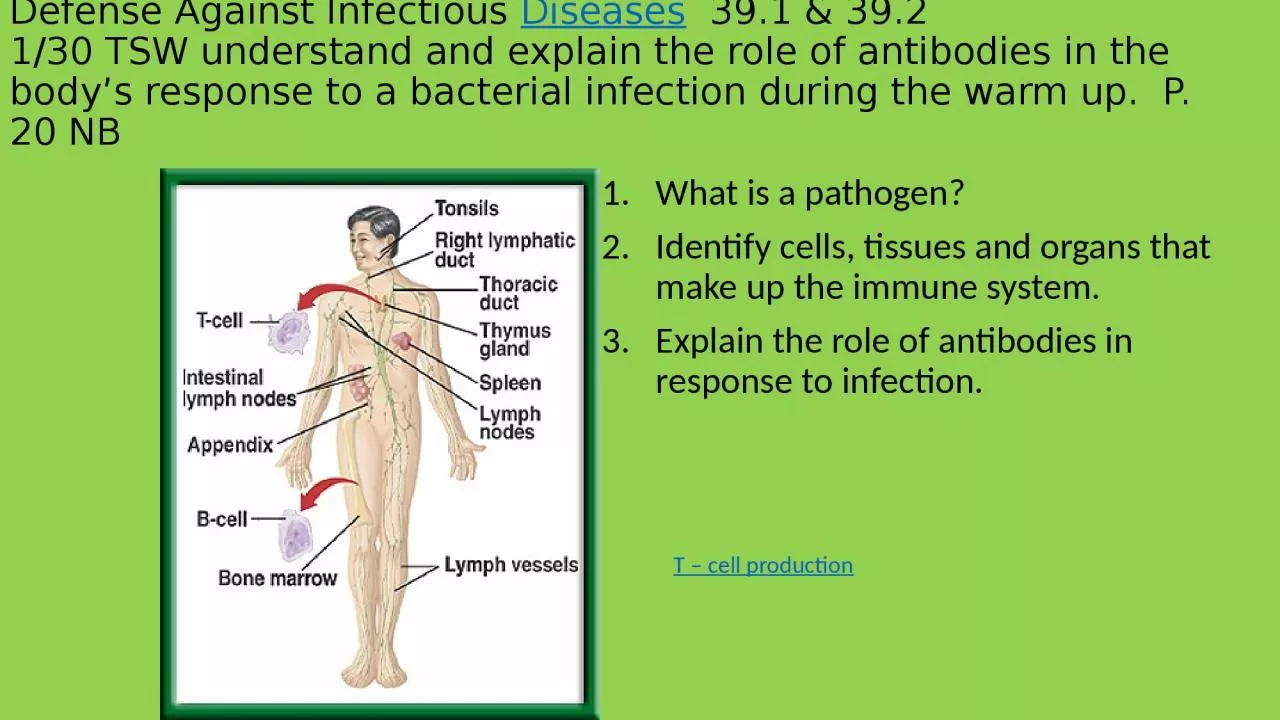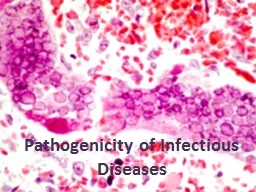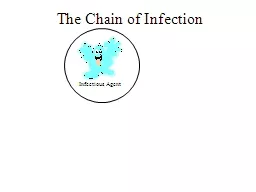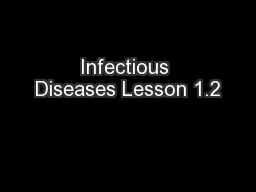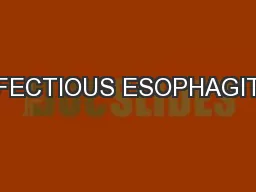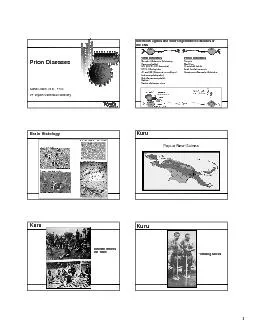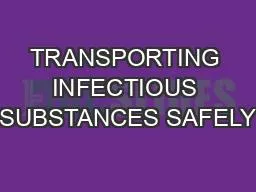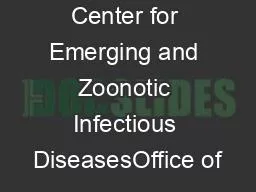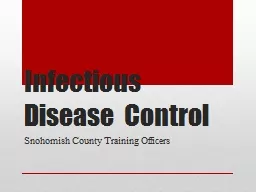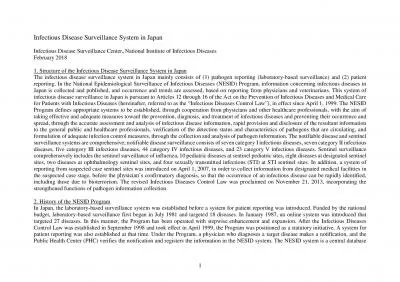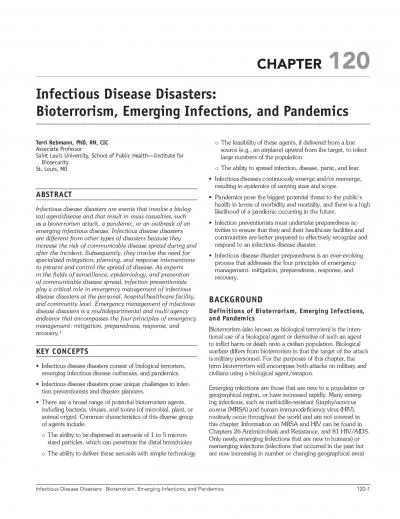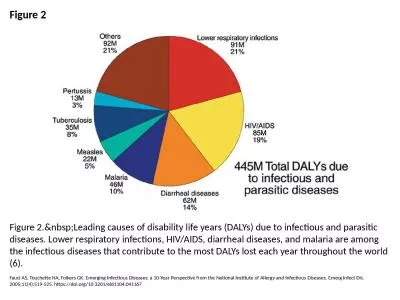PPT-Defense Against Infectious
Author : lauren | Published Date : 2024-01-03
Diseases 391 amp 392 130 TSW understand and explain the role of antibodies in the bodys response to a bacterial infection during the warm up P 20 NB What is a
Presentation Embed Code
Download Presentation
Download Presentation The PPT/PDF document "Defense Against Infectious" is the property of its rightful owner. Permission is granted to download and print the materials on this website for personal, non-commercial use only, and to display it on your personal computer provided you do not modify the materials and that you retain all copyright notices contained in the materials. By downloading content from our website, you accept the terms of this agreement.
Defense Against Infectious: Transcript
Download Rules Of Document
"Defense Against Infectious"The content belongs to its owner. You may download and print it for personal use, without modification, and keep all copyright notices. By downloading, you agree to these terms.
Related Documents

